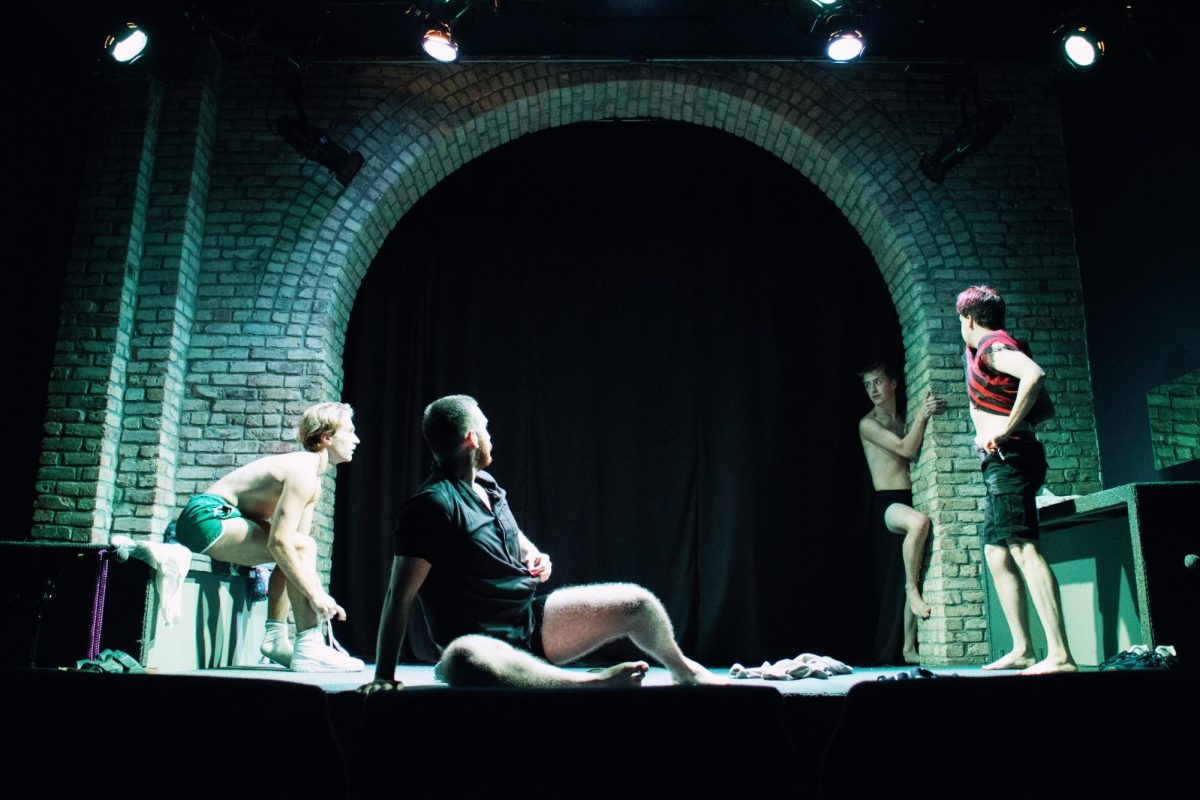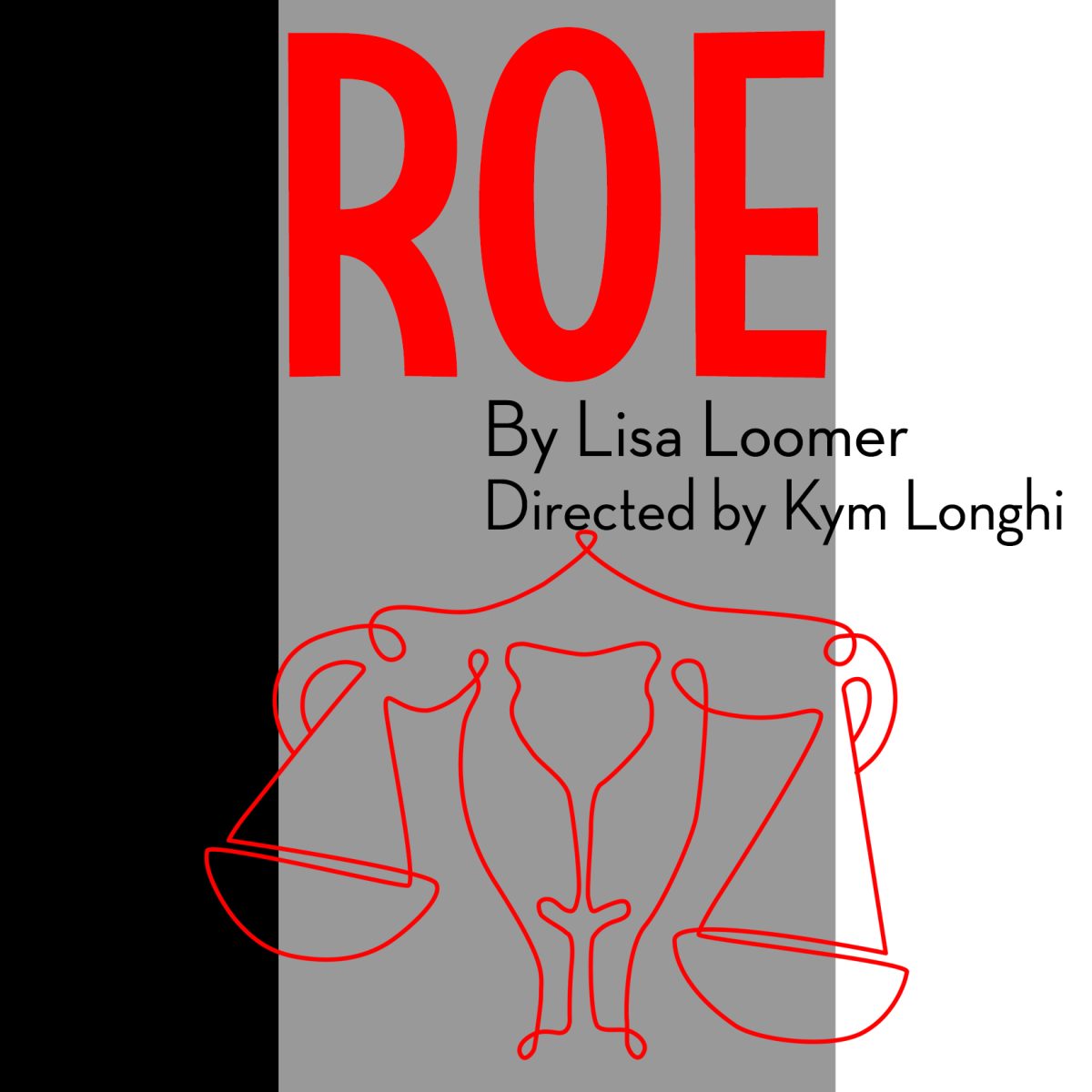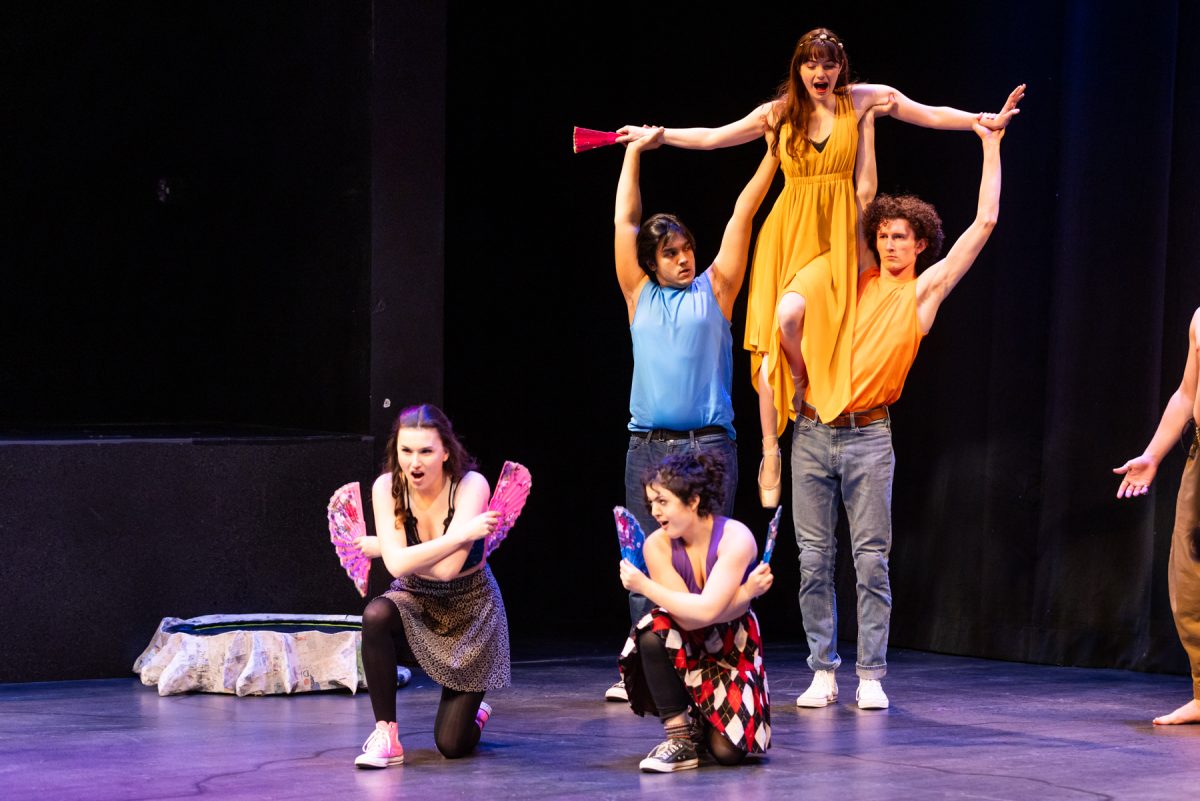More than any other city in the world, Los Angeles has a reputation for devouring its inhabitants. Drawn by sun, fun and the promise of wealth and fame, people from around the world show up there only to see their dreams dashed and their lives ruined.
There’s a rich history of turning Los Angeles’ hard-luck stories into art. Nathaniel West’s “Day of the Locust” is often cited as the first highpoint in the genre. Then came Jim Thompson’s pulps and more reflexive work like Michael Tolkin’s “The Player.” Now, Twin Citians have the opportunity to see a new version of this familiar tragedy with plenty of comedic interludes. Ann Randolph’s one-woman show “Squeeze Box” takes the idea of a wrathful, devouring Los Angeles in a new and hopeful direction.
“Squeeze Box” is divided into two acts. The first is an exploration of the search for true love, with all that that entails in today’s L.A. world. Randolph’s mostly autobiographical character places a personal ad on Match.com which is peppered with lies and embellishments. She wants a true renaissance man – masculine, cultured, virile and sensitive. She gets an outdoorsy type who plays classical accordion and whose lovemaking capacity leaves something to be desired.
Randolph’s portrayal of herself as neurotic, dishonest and covetous is transcendently hilarious. Her sense of comedy is as solid as a butcher knife and as accurate as a laser. Perhaps the most intimate and amusing bit is her discourse on how to prepare for the initial sexual encounter in a relationship. Randolph allows that she wants to know what she’s in for ahead of time, so that she can either hide her disappointment or anticipate a very dramatic evening. To this end, she details the coy way that she ascertains the magnitude of her lover’s apparatus, shying away from committing herself immediately so she can have some time to think things over. As this brutally honest confession builds to a crescendo, no one in the audience can maintain a straight face.
Despite not getting exactly what she bargained for in the animalistic lover department, Randolph winds up learning about the hidden depths of her new beau. This gradual acceptance of a less-than-perfect outcome is repeated in the second act.
Post-intermission, Randolph turns the story back a few years, to the genesis of her interest in helping the mentally ill and developmentally disabled. As a child, she watches a mother caring for her severely disabled daughter, and has an epiphany. She will work to feel the same joy as she helps others reach their potential.
We flash forward to present day Los Angeles, where Randolph is the underpaid, overworked and immensely frustrated night attendant at a homeless shelter for mentally ill women. This material is not as fertile ground for comedy as the quirks of online dating. However, Randolph manages to combine a Barbara Ehrenreich-like critique of the way the low-end service industry exploits women with droll portrayals of the denizens of the shelter to create a darkly comic picture of herself as desperate and sinking fast.
The standout character of the entire show is Brandy, a chain-smoking, drug addicted, sometimes prostitute who is simultaneously Randolph’s chief nemesis and main reason for coming to work. Brandy teeters on the brink of madness, as well as the brink of losing her balance and falling down. She is the supreme liar in the shelter, putting Randolph’s dating dishonesty to shame. Brandy knows what she wants, and struggles within the confines of her poverty and illness to achieve it.
Brandy contrasts sharply with Randolph’s version of herself as a pushover for the connivances of the shelter inmates. Here, Randolph is not so much neurotic, as gripped with the sense that her life consists of just marking time, with no progress inherent to it. This pursuit of progress is the main theme of the second act, and in between comic bits, Randolph becomes increasingly despondent over the prospect that she will simply continue to tread water until she inevitably sinks.
That fear of the next wave overtaking you grows until Randolph’s panic over her situation extends into the audience. Will she be just fodder for Hollywood’s ever-gaping maw? Or can she liberate herself from the cycle of hope and despair that characterizes life as a struggling artist in Los Angeles?
Ultimately, the ending to this play is unknown. Randolph finally left her job at the shelter July 1, and her Minneapolis engagement is just a stop on the way to New York, where, with luck, her play might find off-Broadway success. Despite the hopeful note her character closes with, there are no guarantees in art, as in life.
















